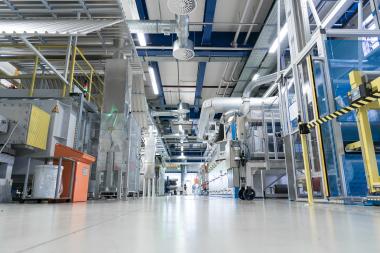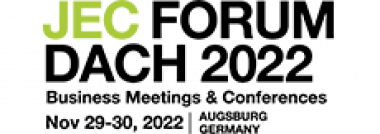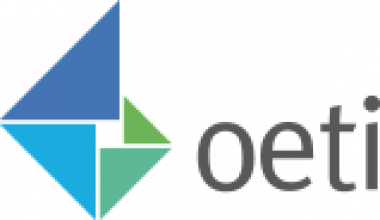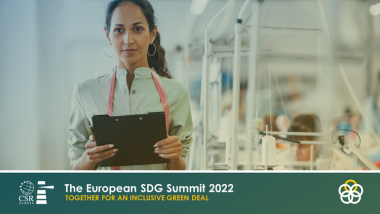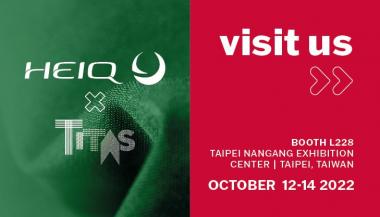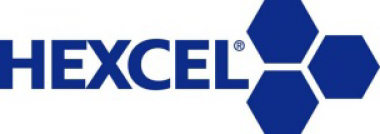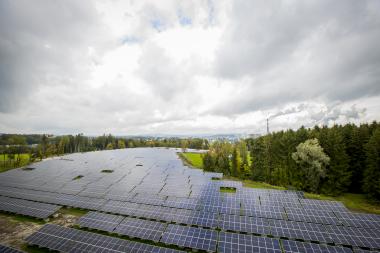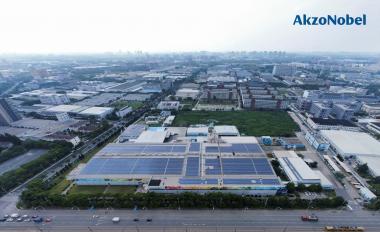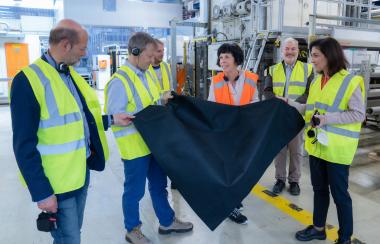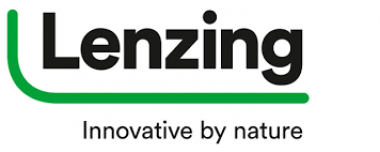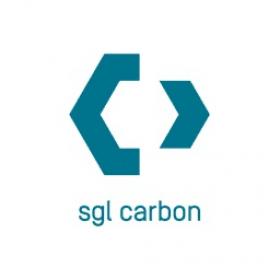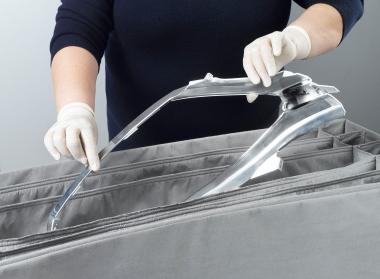SGL Carbon: Positive business development in all business units
- Positive business development in all four business units
- Sales increases by 14.8% to €853.9 million
- Adjusted EBITDA improves by 25.4% to €136.1 million
- Successful refinancing of the 2018 convertible bonds
After €270.9 million in Q1 2022 and €278.9 million in Q2, SGL Carbon increased its consolidated sales to €304.1 million in Q3 2022. After nine months, this corresponds to a significant sales growth of 14.8% to a total of €853.9 million (9M 2021: €743.5 million). The positive business development is also reflected in the company's adjusted EBITDA, which improved by 25.4% year-on-year to €136.1 million (9M 2021: €108.5 million). All four business units contributed to the operating success.
Outlook
Due to the positive business development, the management increased the forecast for the full year on 6 September 2022. For the financial year 2022, Group sales of approx. €1.2 billion (previously: approx. €1.1 billion) and adjusted EBITDA of €170 to 190 million (previously: €130 to 150 million) are expected.
Consequently, an adjusted EBIT of €110 to 130 million (previously: €70 to 90 million) is forecasted. The expectations for return on capital employed (ROCE) of originally 7% to 9% are raised to 10% to 12% in line with the development of earnings. The estimate for free cash flow (significantly below the previous year's level of €111.5 million) remains unchanged.
SGL CARBON SE





